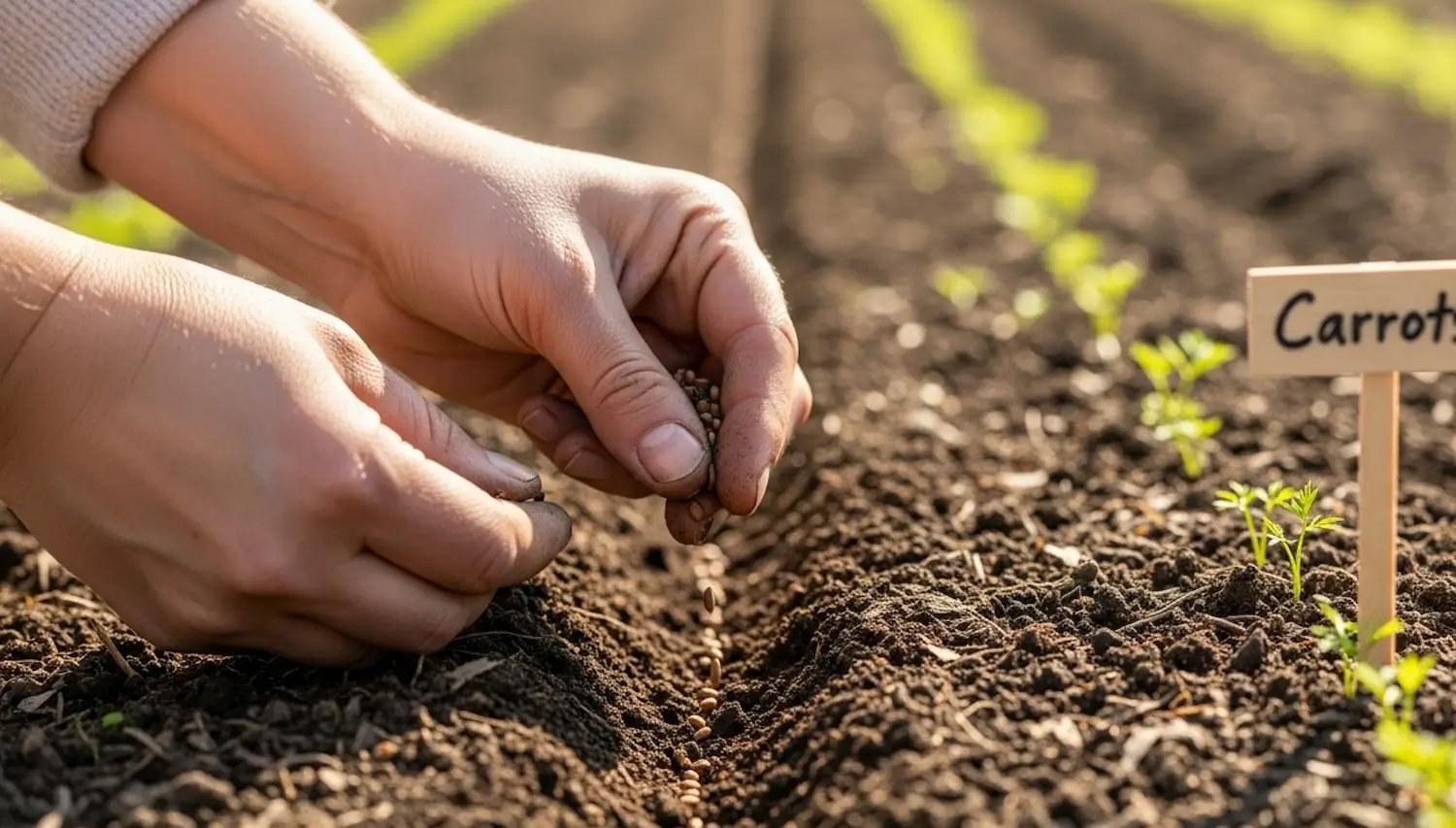
Sustainable Farming Practices
We unite suppliers and green industry professionals worldwide
With its uniquely mitten-shaped leaves, spicy aroma, and a history rooted in both Native American tradition and Southern cooking, Sassafras is much more than an ornamental tree — it’s a living record of culture, utility and seasonal beauty.
By Mariam Scott
|Published on July 01, 2025
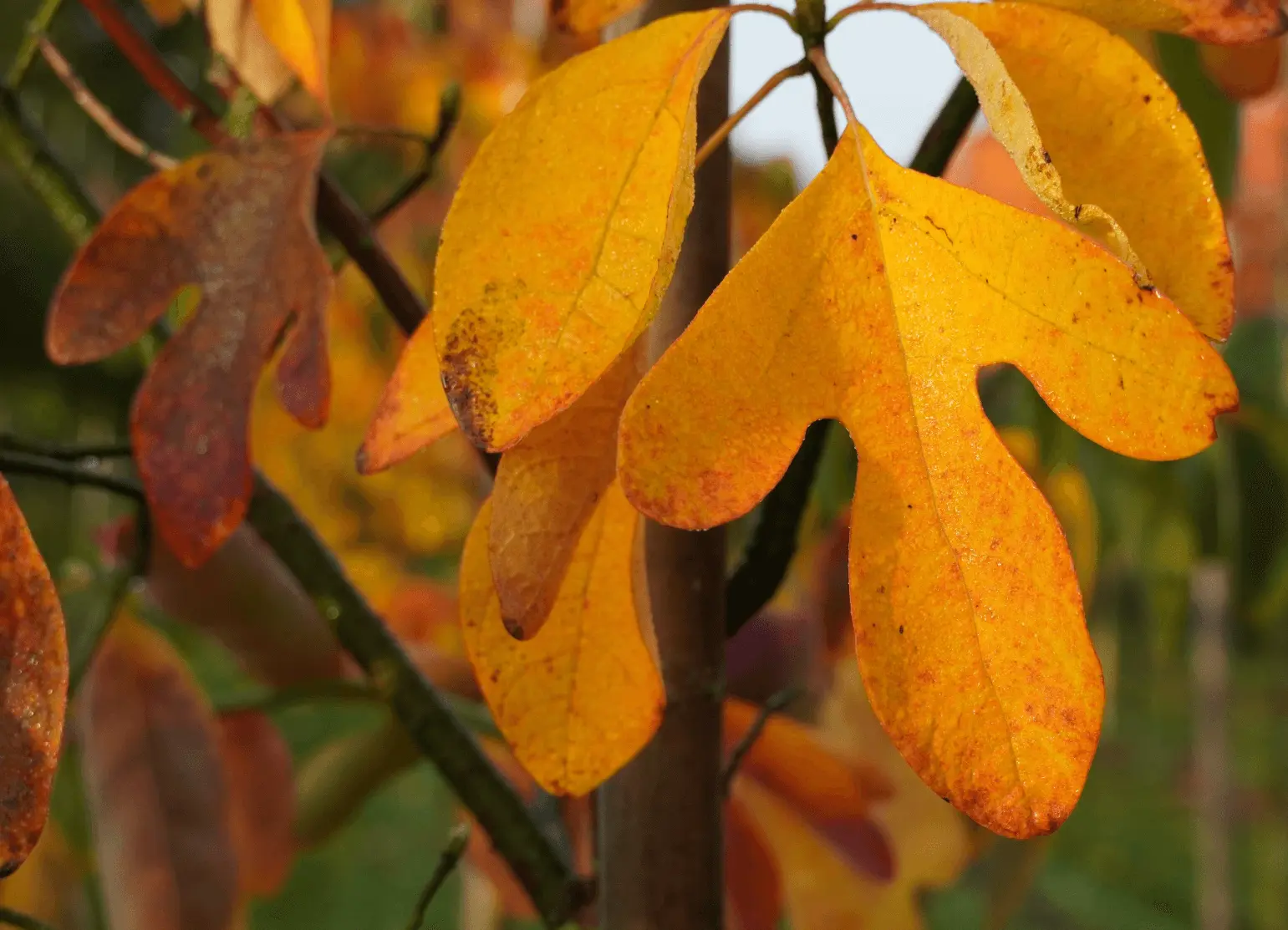

“Can one tree hold a whole story of tea, gumbo, and golden fall glory?”
The Sassafras tree does just that. With its uniquely mitten-shaped leaves, spicy aroma, and a history rooted in both Native American tradition and Southern cooking, Sassafras is much more than an ornamental tree — it’s a living record of culture, utility and seasonal beauty.
Sassafras albidum is a medium size deciduous tree native to the eastern United States with aromatic leaves and roots. It is known for yielding the traditional flavoring for root beer and filé powder for gumbo, although modern health regulations limit its culinary applications because of safrole, a compound found in its root bark. Still, the tree’s aesthetic and ecological characteristics make it a perennial favorite in gardens, woodland edges and native plant landscapes.
Its leaves — some shaped like mittens, others like dinosaur feet — turn brilliant shades of orange, red, and yellow in fall, making Sassafras a truly memorable presence in any space.
| Common Name | Sassafras |
| Botanical Name | Sassafras albidum |
| Type | Deciduous tree |
| Height/Spread | 30 to 60 feet tall, 25 to 40 feet wide |
| Sunlight Requirements | Full sun to partial shade |
| Soil Needs | Well-draining, slightly acidic loam |
| Watering Needs | Moderate, likes consistent moisture |
| Bloom Time | Spring (small yellow flowers) |
| Hardiness Zones | USDA 4–9 |

August 28, 2025
11 minute read
August 27, 2025
10 minute read
August 27, 2025
18 minute read
August 27, 2025
12 minute read


Join as a seller and connect with thousands of B2B buyers nationwide!
Sign Up
Sassafras is a low-maintenance native tree that thrives in the right conditions and rewards gardeners with year-round beauty. It thrives in slightly acidic soil that’s well drained and in areas with full sun or partial shade. Once established, it is drought-tolerant and requires minimal intervention. However, it can spread via underground suckers, so you may need to manage its growth if you’re cultivating it in a smaller garden.
Its aromatic foliage repels certain pests and makes it deer-resistant. Plus, it's an excellent wildlife plant — hosting butterfly larvae and providing berries for birds in fall.
For Sassafras, it’s best when grown in full sun to partial shade. The more sun it gets, the more colorful its fall show will be. In shady areas, it will still grow but may become leggier and less colorful in autumn.
It likes soil that is slightly acidic, loamy and well-drained, although it can adapt to clay or sandy soils with some amendment. Soil rich in organic matter encourages better growth, particularly when the tree is young. Do not plant in poorly drained or persistently wet locations.
Sassafras likes consistent moisture--especially when young. During dry weather, water heavily once a week to promote deep root systems. Once established, it’s somewhat drought-tolerant, but does well with some occasional watering during prolonged droughts.
Sassafras requires little pruning. Remove dead, damaged or crossing branches in late winter or early spring before growth starts.
If you wish to keep your tree in single-trunk form, be sure to remove suckers growing up from the base and along lateral roots, as Sassafras has a natural tendency to form thickets. Alternatively, if you prefer a more naturalistic shrub-like form, allow suckers to grow and form a colony.
Sassafras can be propagated by root suckers or by seed, though seed germination takes patience.
To propagate from suckers:
To propagate from seed:
While not ideal for long-term container growing due to its deep roots and spreading habit, you can grow Sassafras in large pots for a few years:
Watch for suckering and root expansion; it may eventually need to be transplanted to open ground.
Sassafras is fully hardy in USDA zones 4–9, and requires no special overwintering care when grown in the ground.
Sassafras produces tiny yellow-green flowers in early spring before the leaves fully emerge. While not showy, these flowers are rich in nectar and lure early pollinators.
Sassafras is dioecious — that is,male and female flowers appear on separate trees. Only female trees produce dark blue berries, which ripen in late summer and which birds adore.
Sassafras is quite trouble-free, however, a few problems can occur:
The Sassafras tree is a living piece of American history — aromatic, ornamental, ecologically important. With its unusual leaf shapes, its spring flowers, fall color and cultural legacy, it’s a tree that does a lot more than just stand still. It feeds pollinators, shelters birds, flavors traditional dishes (with care) and creates visual magic from season to season.
Sassafras is an absolutely interesting addition to any garden, whether growing it for its roots in folklore or its roots in the landscape. Let it grow, let it sucker (if you want it to), let it share its centuries-old charms with your modern outdoor space.
Its roots and bark contain safrole, a compound now regulated by the FDA due to its carcinogenic potential in large amounts. Commercial root beer no longer uses safrole, but leaves (used in filé powder) are still safe in moderation.
Yes! Sassafras, with its open canopy and moderate height, provides dappled shade and cooling effects during summer months.
Definitely. Birds love the berries, and the tree is a host plant for spicebush swallowtail caterpillars and other pollinators.
Not invasive in the traditional sense, but it can form colonies through root suckers. If you want to control its spread, regularly remove the suckers.

Sustainable Farming Practices
Victor Miller

Maintenance & Equipment Tips
Victor Miller

Sustainable Farming Practices
Gina Lazaarus

Soil Health & Fertilization
Gina Lazaarus
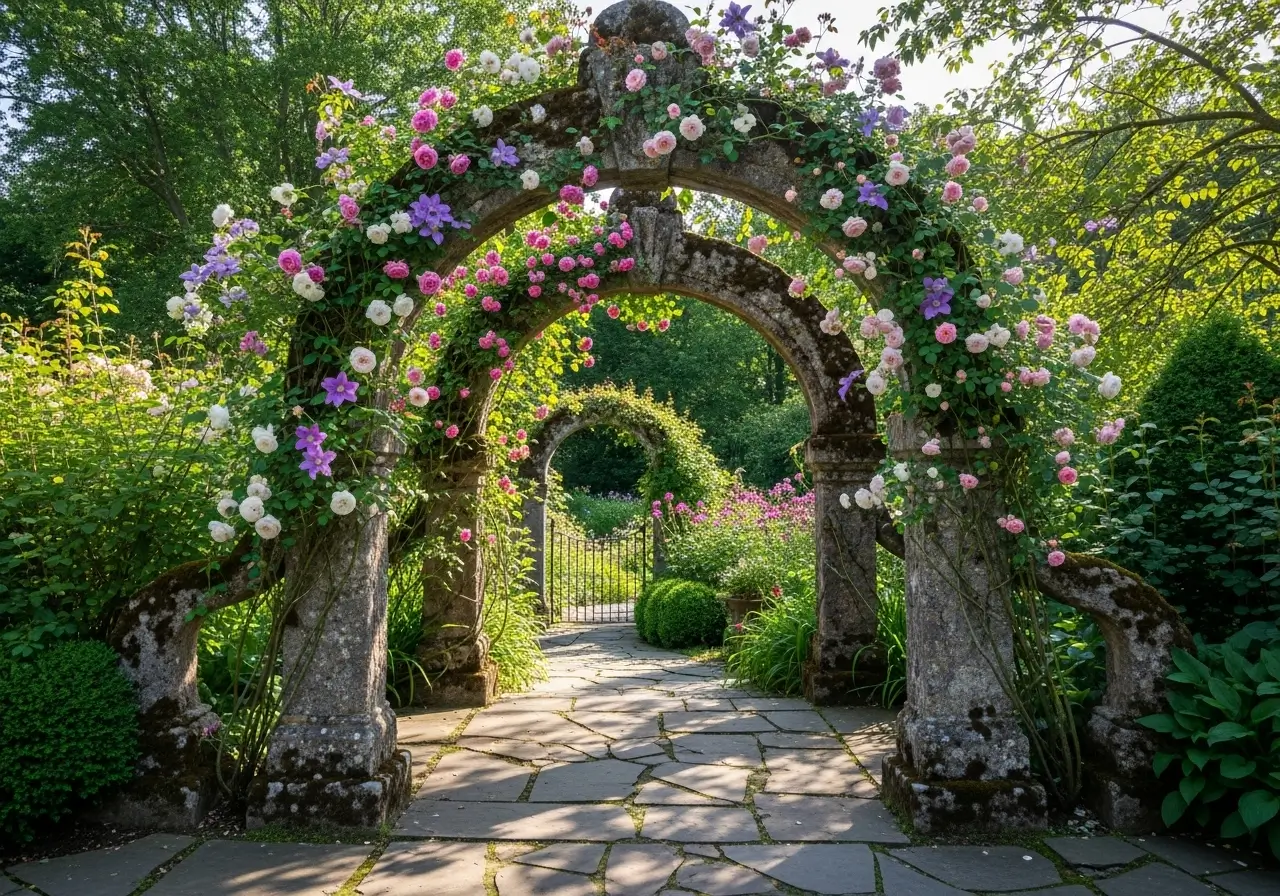
Outdoor Living
Victor Miller
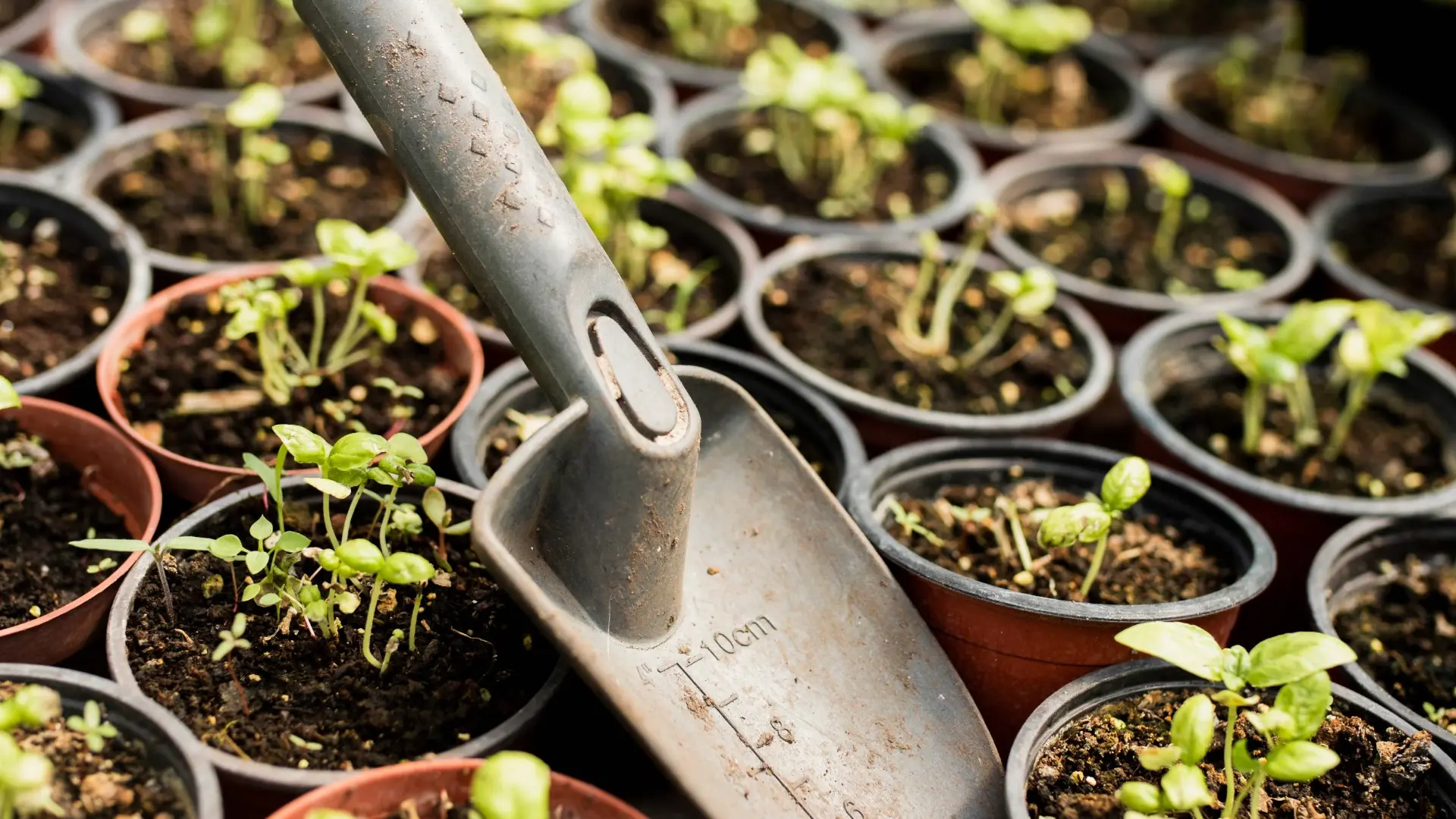
AgriTech & Farm Automation
Gina Lazaarus
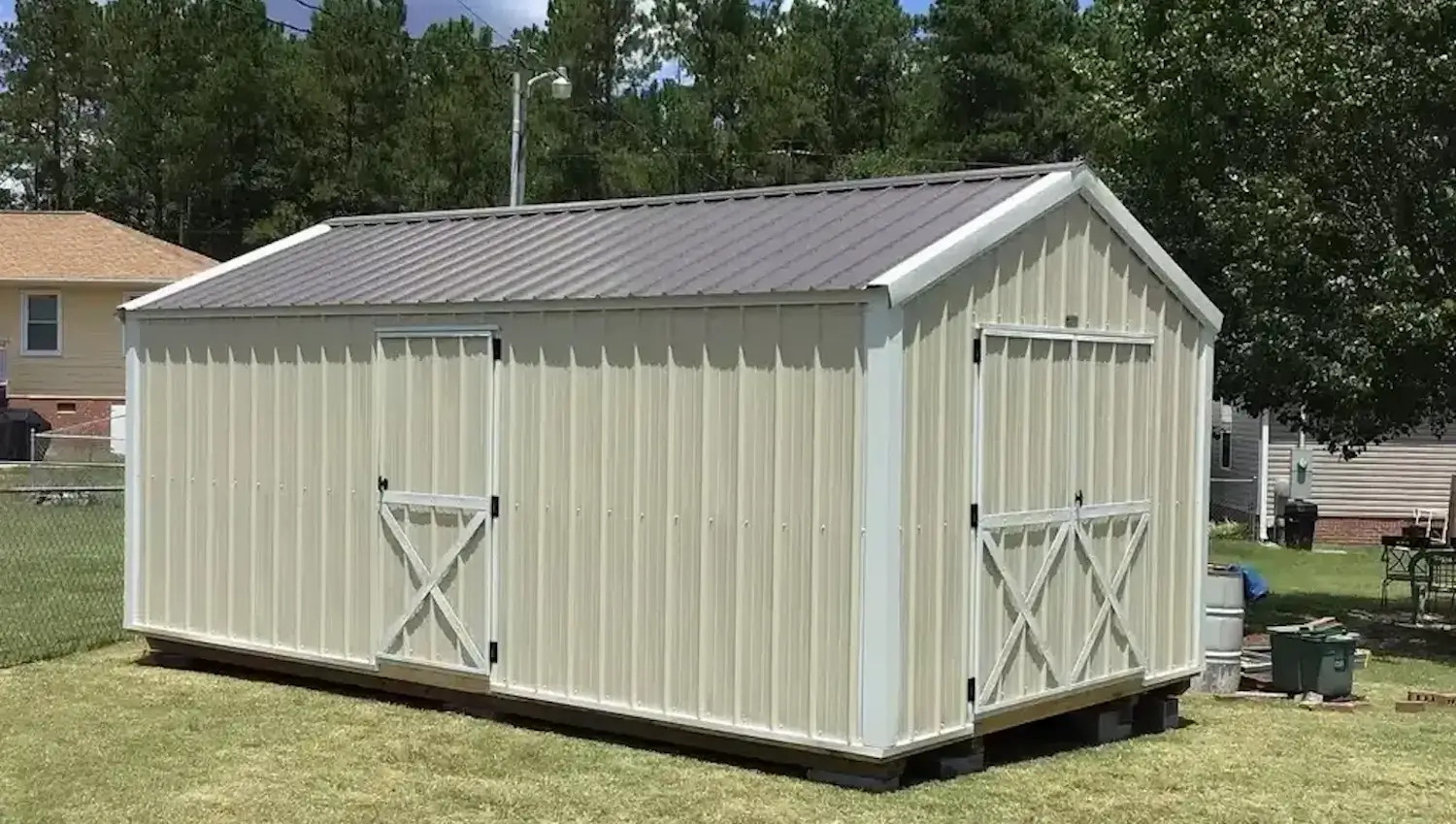
Outdoor Living
Victor Miller

Lawn Care Tips & Maintenance
Victor Miller
My Account
Our team is always here to help.
We are open Monday - Friday, 9:00 AM to 4:30 PM PST.